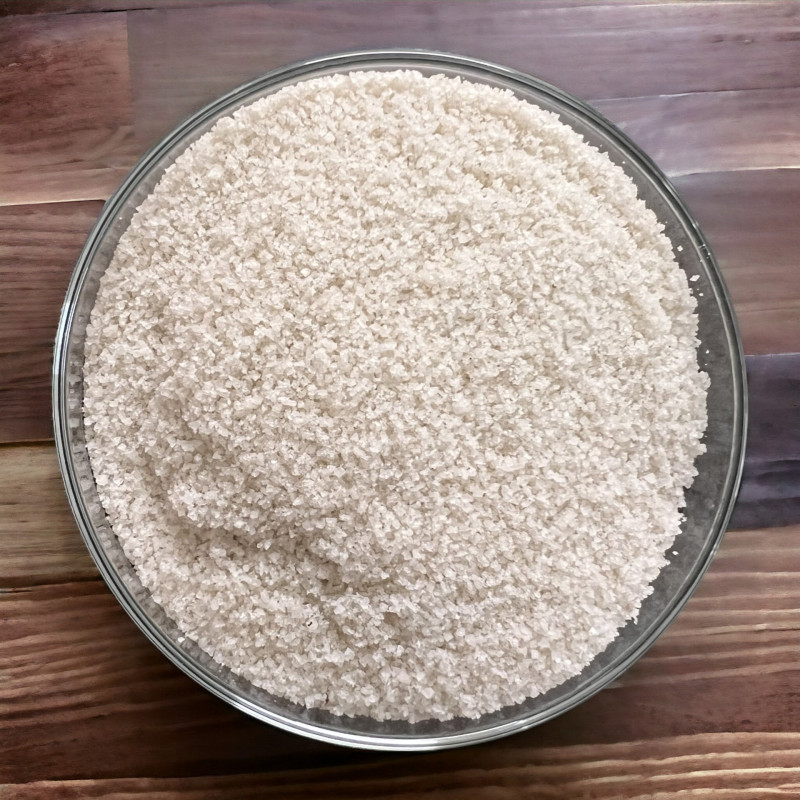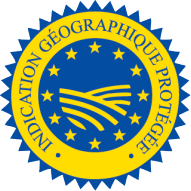
Reference: poivrecitronne



Exclusively French Production, this fine Guérande salt holds a PGI.
Perfect for use on all your dishes.
 Delivery
Delivery
Mondial Relay
 Returns
Returns
See conditions
 Payments
Payments
100% secure
Uses in Cooking:
Originating from Batz-sur-Mer, this 100% marine salt is extremely fine, white with a slight gray hue, and comes entirely from the Guérande basin. It contains no additives, in accordance with the specifications of the PGI, which it benefits from.
You will use it on all your dishes.
Who am I?
Origin: Batz-sur-Mer
The production of Guérande salt is a 100% natural skill, and salt workers continue to harvest this high-quality salt with the same tools as in the past. The salt marshes are immense labyrinths irrigated during each high tide. Thanks to a series of basins that facilitate the evaporation of water, the salt contained in the Atlantic Ocean sea water concentrates until the formation of marine crystals, allowing it to be harvested.
In 2012, Guérande salt was granted PGI status by the European Commission.
The salt marshes occupy the eastern part of a vast flat area, the maximum altitude of which does not exceed 6 meters, located between the Guérande hillside to the north and the Croisic peninsula to the south.
A Little History:
In the Neolithic period, the sea level was 2 to 4 meters below the current level, so today’s salt marshes were a vast prairie, more or less wooded and already cultivated.
During the Bronze Age, the average sea level suddenly rose, reaching approximately today’s level for a certain period. Around 500 BC, this phenomenon disappeared, and the maritime meadows, covered by the sea during high tides, gradually regained their place.
From the 4th century onwards, the sea level began to rise again, giving the marshes their current appearance. These marshes now occupy the area formerly covered by the high tides.
Until the 9th century, the salt marshes were smaller than they are today, and in the 15th century, the work technique became fixed. Then, the embankments and hydraulic improvements between the 14th and 17th centuries, as well as the construction of the last saltworks in the 18th century, gave the site its current appearance.
In 1901, following severe storms that eroded part of the raised embankments, the dikes were reinforced with masonry walls.
Finally, in the 1960s, a development project proposed the creation of a marina on the site of the salt marshes. Legal appeals at the time succeeded in halting this colossal project, which allows us today to enjoy the preserved landscapes of this area.
Data sheet
Reference: poivrecitronne
Reference: 7K4959201
Reference: KalaNamak
Reference: Fleurssel
Reference: selpetale
Reference: selargave
Reference: selpyramide
Reference: 7K4959201
Reference: selmermorte
Reference: Fleursselsicile
Reference: selpomme


Exclusively French Production, this fine Guérande salt holds a PGI.
Perfect for use on all your dishes.